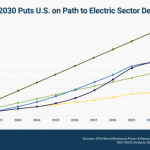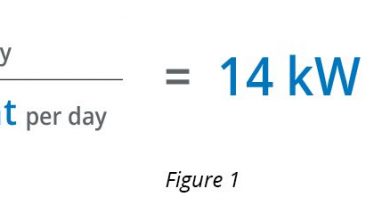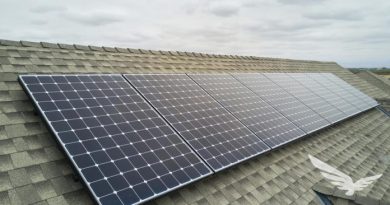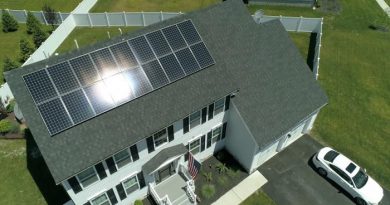Climate Change Impact on Solar Production Underestimated
Climate and energy analytics company Sunairio recently conducted a study and found that climate change is increasingly impacting solar energy generation in the United States.
Traditional, industry-standard solar production risk assessment approaches are based on decades-old methods that use historical data and which crucially omit the growing influence of climate trends. As a result, pre-construction energy models over-predict solar production from new projects by 5% to 12%. This impact is strongest in the Midwest and Southeast, followed by the East Coast – regions where climate change is causing decreased irradiance through cloudier weather patterns and greater precipitation.
While other recent studies have identified and attempted to diagnose solar asset underperformance in the U.S., the Sunairio study is the first to quantify the influence of climate change in this problem.
“We can’t expect to create accurate solar production estimates if we’re using historical weather data not adjusted for the growing influence of climate change. Those estimates get worse and worse over time, as climate change causes greater and greater deviations from historical norms,” explains Rob Cirincione, CEO of Sunairio. “Future weather risks are being estimated from historical data, but the climate is changing so quickly that modeling based on historical analysis can drastically underestimate the frequency of extreme events and the impact of climate trends going forward.”
To conduct the analysis, Sunairio selected a representative sample of 100 actual utility-scale solar sites across the U.S. and calculated forward-looking, 15-year production estimates for each – taking into account current and expected climate-induced changes in local weather patterns informed by the company’s climate simulation techniques.
Sunairio compared these findings to two industry-standard methods – typical meteorological year (TMY) analysis and historical time series analysis – neither of which adjusts historical weather data for climate trends. Sunairio found that TMY methods, which have changed little since their introduction in 1978, create a sunnier-than-typical year and thus overly rosy solar generation forecasts.
Across all U.S. sites studied, Sunairio found an average production gap of 2% currently, increasing to 5% by 2034. On an individual site basis, the difference between using conventional backward-looking analysis and a climate-change-aware simulation can be as high as 5% currently and 12% by 2034. For solar project owners, missing energy production translates to much lower project returns. For a project that borrows 75% of capital costs, a 5% revenue drop will cause a 20% drop in equity returns.
“The irradiance trends observed in this study are broadly consistent with the output of global climate models that predict increasing precipitation for much of the Midwest, East, and South,” says Tim Ivancic, Ph.D., senior data scientist at Sunairio. “This study provides a roadmap (the incorporation of climate modeling insights) that explains how solar project investors can refine their pro-forma modeling to be confident that future production and revenue targets will be met — even in the face of a changing climate.”
Photo by Andre Furtado on Pexels.
Original Source: https://solarindustrymag.com/climate-change-impact-on-solar-production-underestimated



















